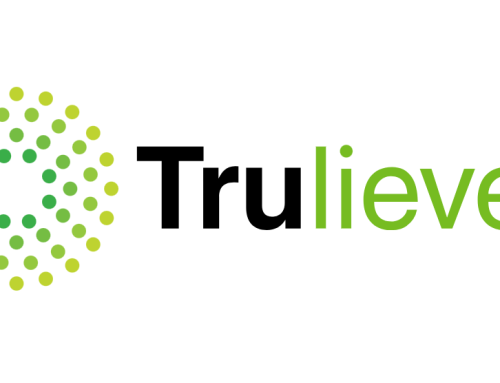Ontario’s New Store Cap: A Catalyst for Cannabis Retail Market Consolidation
NEW YORK– The recent regulatory change in Ontario, allowing single companies to operate up to 150 recreational cannabis stores – a significant increase from the previous 75-store limit – is poised to reshape Canada’s most lucrative adult-use cannabis market. This move, effective January 1, is anticipated to benefit larger retail chains, potentially driving increased mergers and acquisitions (M&A) activity.
Lisa Bigioni, CEO and co-founder of Stok’d Cannabis, an independent retailer in Ontario, notes that this change may not necessarily lead to a surge in new store openings. Instead, it could offer acquisition opportunities for smaller retailers. However, she cautions that the valuation expectations between buyers and sellers might differ.
Shahbaaz Kara-Virani, co-founder of CannAcquire, points out the potential challenges for independent retailers. He observes that large corporate cannabis retailers often sell low-cost cannabis at slim margins, a practice that could intensify price compression in the already competitive market. Furthermore, Kara-Virani raises concerns about larger players engaging in data deals with cannabis brands, which could disadvantage independents lacking similar infrastructure or buying power.
This trend towards retail consolidation is expected to accelerate in the next six to 18 months, with Kara-Virani predicting a future dominated by a handful of major players, akin to other retail sectors.
Ontario’s recreational cannabis market, valued at CA$177.7 million in October, has witnessed a substantial increase in store licenses, with nearly 1,800 issued across the province. This saturation, particularly in urban centers, has led to a burgeoning M&A landscape, with recent transactions including Fire & Flower’s acquisition by Fika Cannabis for CA$36 million and Shiny Health & Wellness Corp.’s CA$1 million deal for 10 Stash and Co. stores.
Eric Chittim, VP of Supply Chain at True North Cannabis Co., asserts that the cap increase predominantly favors a few large retail operators. Publicly traded High Tide, with 54 Ontario stores, is one such beneficiary. Omar Yar Khan, High Tide’s Chief Communications and Public Affairs Officer, views the cap increase as leveling the playing field against major retail franchises.
Despite these dynamics, Khan believes that even if a retail chain reaches the 150-store limit, it would only represent about 8% of the province’s total store count, suggesting no single player would dominate the market.
For smaller independent retailers, the new cap presents a critical juncture. They may have to consider either potential acquisition offers from larger chains or face increased competition. However, Bigioni and Kara-Virani both note that the value of cannabis stores may not align with owners’ expectations, reflecting a maturing market since the early days of legalization.
The broader impact of this policy change on illicit cannabis sales, a key objective of the Ontario government, remains to be seen. Kara-Virani believes the increased cap could help reduce illicit sales by expanding legal retail options but emphasizes the need for more enforcement against illegal operations.
Comparatively, provinces like Alberta, Manitoba, and Saskatchewan have been more successful in diverting sales from the illicit market, as observed by Khan. He notes that Alberta’s higher store concentration has corresponded with a lower rate of illicit market sales.
As Ontario’s cannabis retail landscape evolves, the increased store ownership cap marks a pivotal moment, likely to catalyze significant shifts in market dynamics and ownership structures in the months ahead.


































